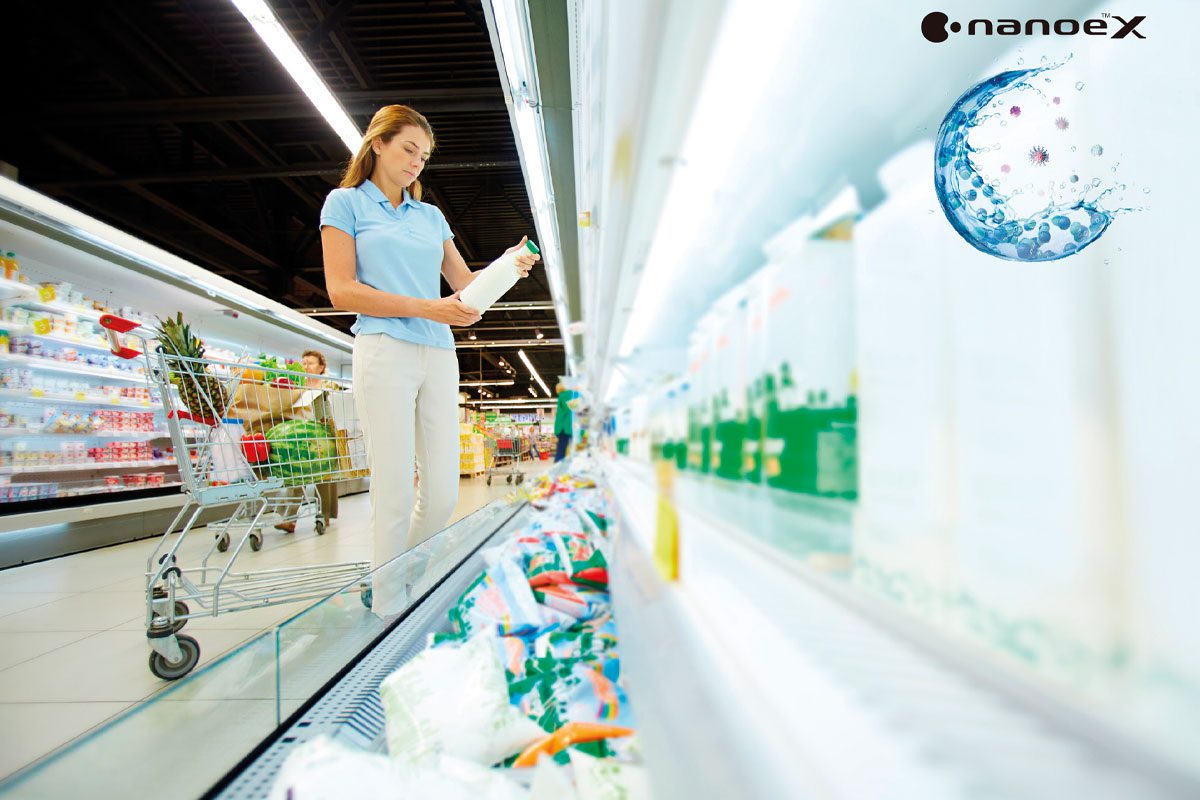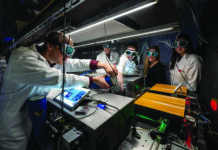In April, Panasonic opened its doors to the media to share information and intelligence on the development of its electrostatic ionization technology, nanoe™ X, which the firm says is helping to improve protection and inhibit the growth of certain viruses – including SARS CoV-2.
The technology collects moisture from the air and applies a voltage to it, producing “hydroxyl radicals contained in water”, the apparent magic ingredient that inhibits the growth of pollutants such as certain bacteria, viruses, moulds, and odours,
Citing an industry first, scientists from independent testing laboratory Texcell outlined test details of air conditioner testing on SARS-CoV-2 in a realistic room-sized chamber.
Tests involved Panasonic’s air conditioning model Etherea equipped with the latest nanoe™ X technology relevant to the novel Coronavirus. They said the device removed the novel Coronavirus from a gauze in a 45l box.
In addition, using Panasonic’s Etherea air conditioning unit in a 6.7m3 realistic room-sized testing chamber, they tested and proved that the nanoe™ X technology inside the air conditioner both released 4.8 billion hydroxyl radicals per second, and inhibited the new Corona virus in 8 hours by more than 90% and in 24 hours by 99.78%.
During the event, Uwe Sprengart from Panasonic Technical commented, “One of the key reasons that nanoe™ X is so effective is that the particles work within the air, but are also effective on surfaces and within fabrics. You just have to search for ‘hydroxyl radicals, detergent of the atmosphere’ and you will see several reputable sources, including NASA, referencing this.”
Another cited USP: “Air purification occurs outside of the air conditioning unit by actively propelling hydroxyl radicals into the room,” as Sprengart explained. A new nanoe™ X information hub is launching in early May 2021.








